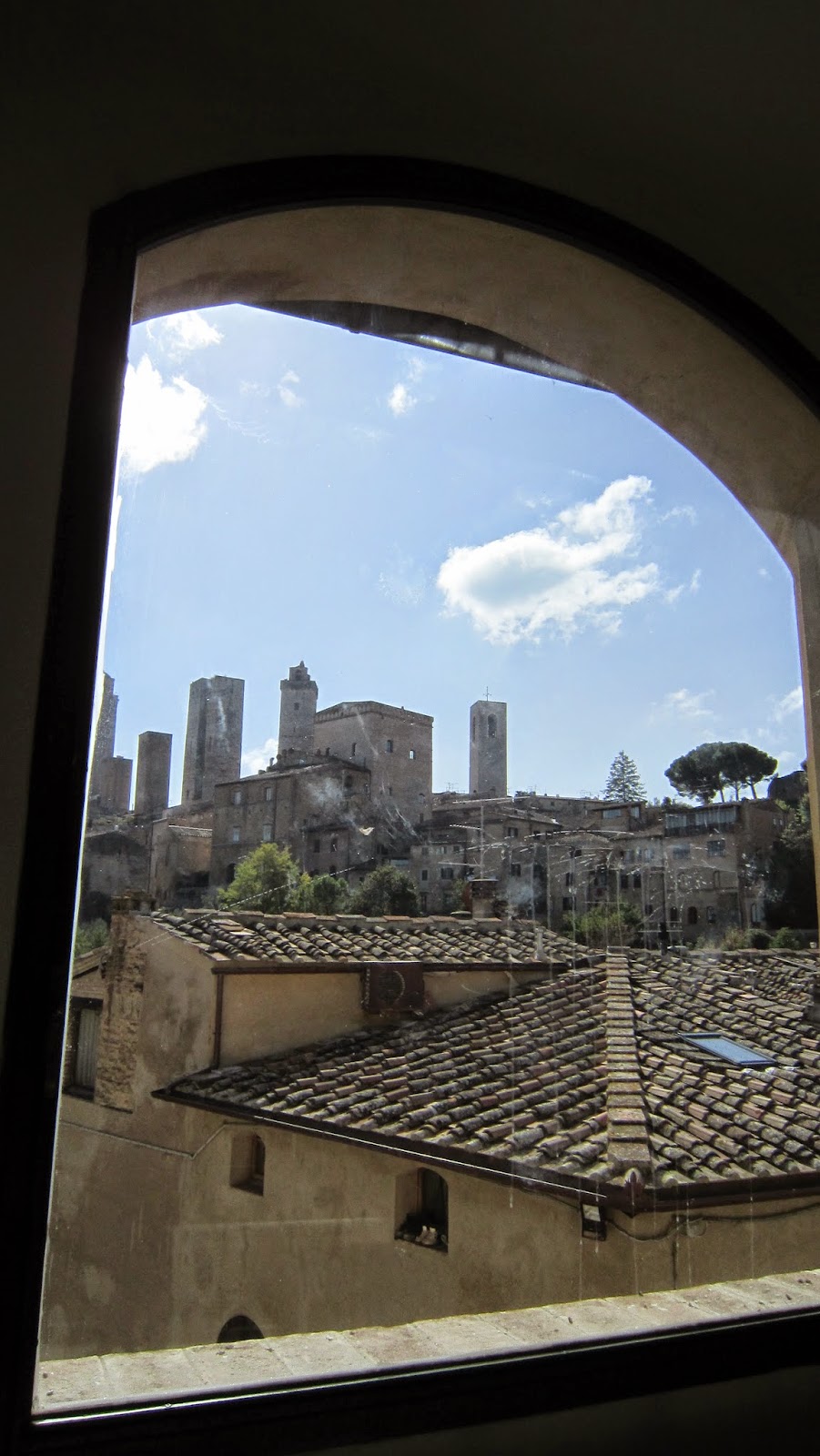 |
| Church of Saint Ildefenso downtown near Batahla Square. |
 |
| Beautifully crafted tiled walls found throughout Porto! |
The best way to get around Porto besides the tram is on foot, following the narrow streets from the Clerigos Church Bell tower area which gives a panorama of the city, down many steps and alleyways to the Douro River, where the scenic beauty of this Portuguese waterfront is revealed. There are towering painted buildings from the former wharves now used as open air cafes, restaurants, with fascinating shops in between. One had large hand carved model boats for sale right beside our coffee stop. We enjoyed a river cruise some distance up the river admiring the bridge structures above us. There is much competition for selling tickets to the hundreds of tourists, it's a bit of pot luck as to which boat you end up on!
 |
| Looking back over the busy Douro River waterfront from the Dom Luis 1 footbridge. |
 |
| Waterfront restaurants and colourful buildings. |
 |
| Portuguese boat carrying port wine barrels. |
 |
| Old and the new- bridges up the Douro River. |
 |
| Colourful Portuguese Cruise boats. |
 |
| You can cross over the Douro River via the footbridge of the Dom Luis 1 metal arch bridge built in the 1880's. |
After crossing the Douro River, there are more delights to be found, namely the Port Houses where the fortified wines are still stored for shipping to the world. We visited Burgmeister wine cellars, a port wine company which own vineyards in the Douro Valley, where we enjoyed a drop or two of the famous port wines. Funnily enough, after returning to Australia, we have found that the biggest cruise ship lines in Europe have adopted this scenic Douro River route as their latest addition to their European tours! From this area, we took the funicular back up to the city and visited the Se Cathedral before wandering back downtown to San Bento metro square. My Tip: Put in your best walking shoes for the many beautiful vistas to be found from walking the streets of Porto!
 |
| Major storage barrels of Port wine for the world market! |








